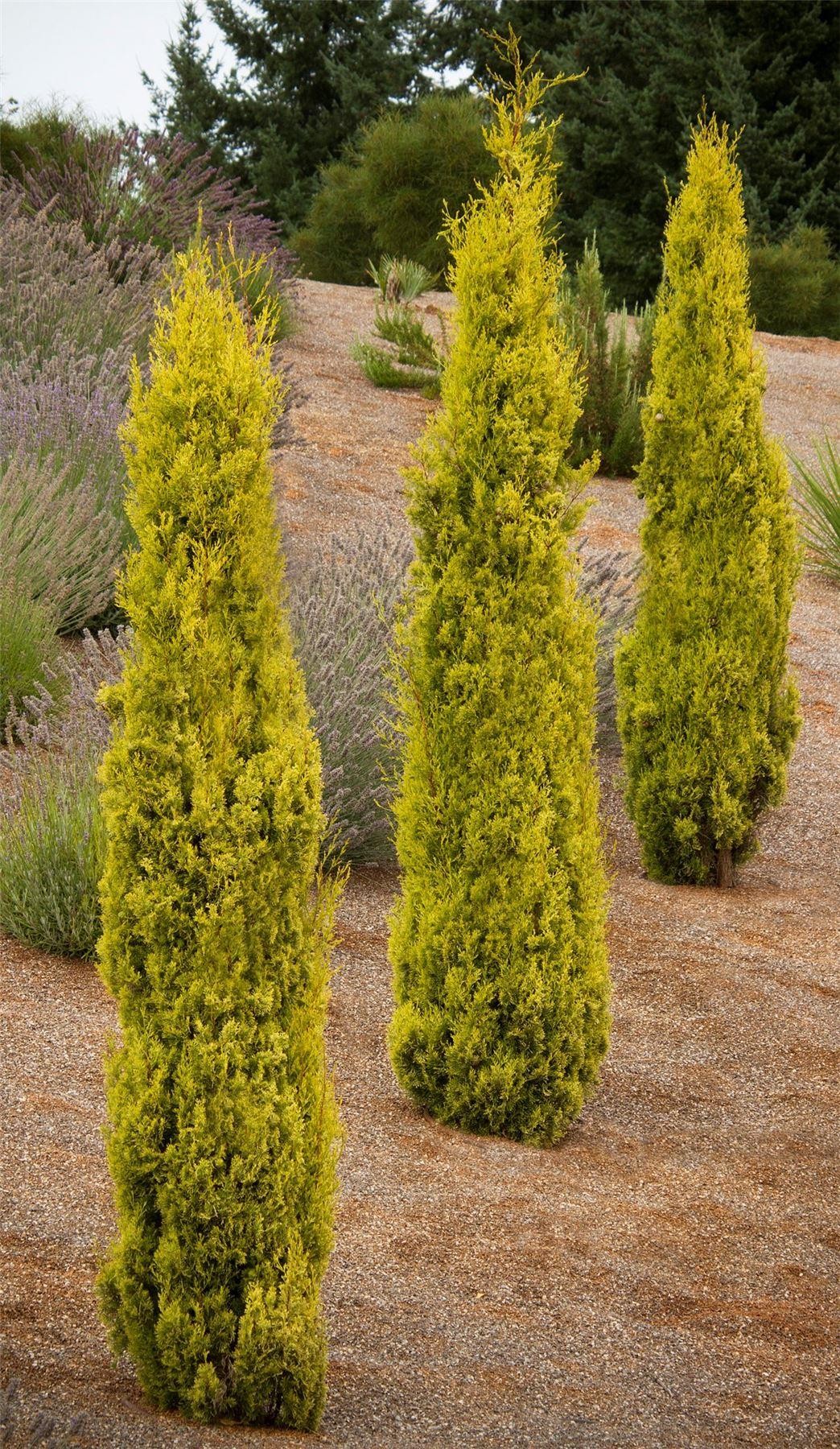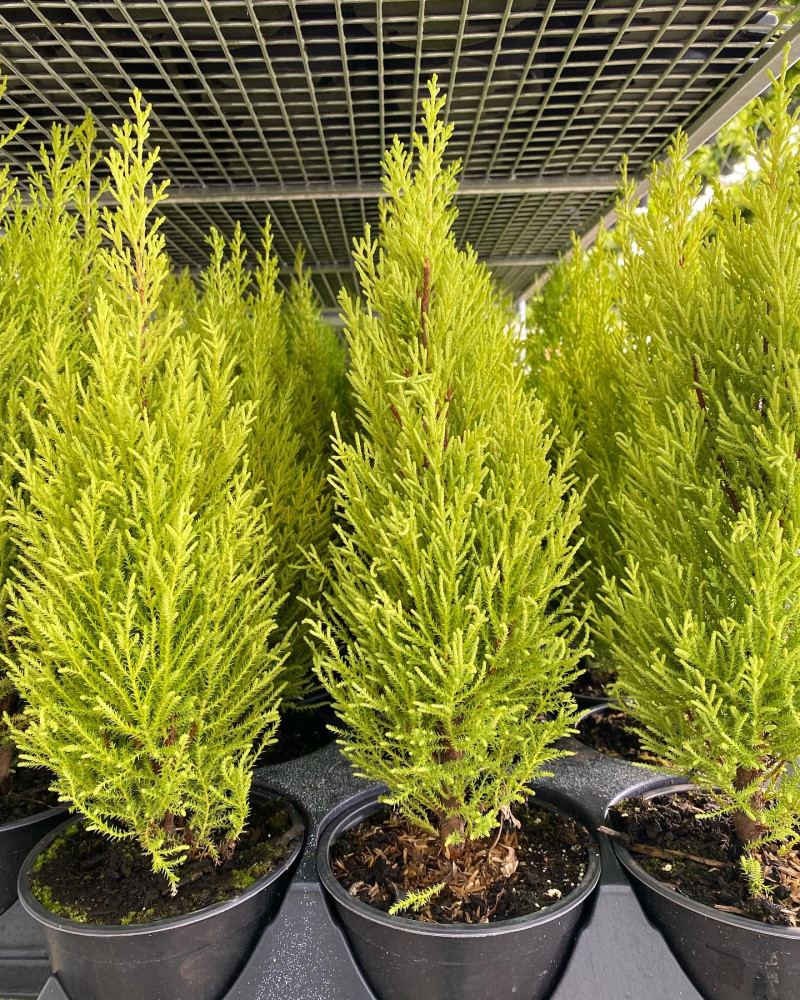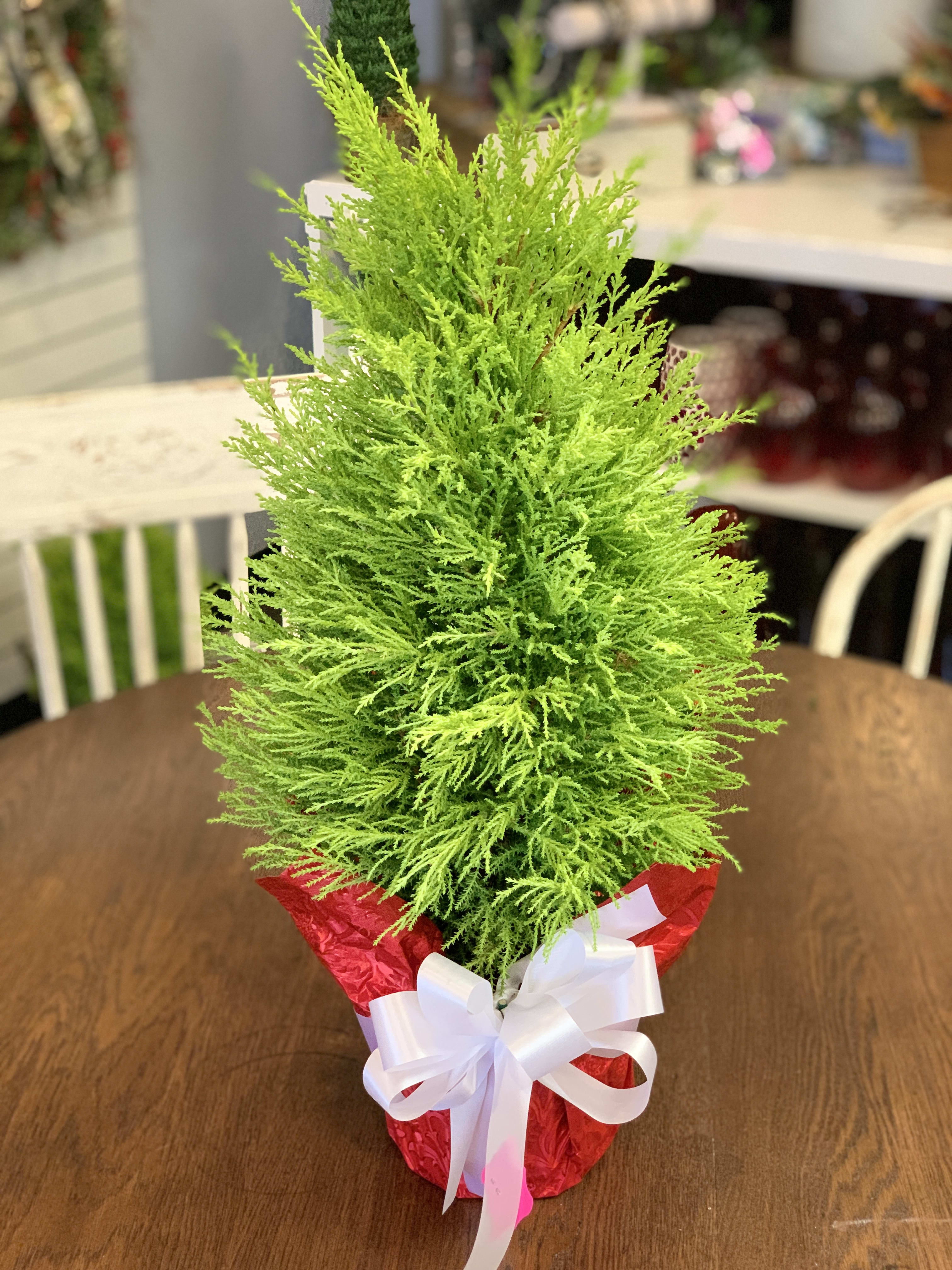
Wilma Goldcrest; Lemon Cypress. Wonderful tree! Lime color, lemon scented. 6' by 2' Trees to
Low Maintenance: Lemon cypress is a low-maintenance plant that requires minimal care. It is easy to grow and does not require frequent watering or fertilization. Versatility: Lemon cypress can be grown in a variety of settings, including gardens, patios, and indoor spaces. It can also be shaped into different forms, such as topiaries or hedges.

Growing Lemon Cypress Trees Lemon Cypress Plant Care
The lemon cypress tree is a popular ornamental plant due to its vibrant foliage that gives off the scent of fresh lemons. It is the recommendation of the Royal Horticultural Society to use this tree as an architectural accent or a low-maintenance hedge or screen plant.

My lemon cypress is turning brown and feels very dry and brittle. Any thoughts or ideas
The lemon cedar, also called lemon cypress, Monterey cypress, goldcrest, and occasionally lemon pine, is an evergreen tree belonging to the conifers. The foliage of this tree has a yellowish-green hue and its leaves have a fragrance that recalls the smell of citrus fruits, particularly lemon. It requires a large vase, pot, or container.

Love this Lemon Cypress (Cupressus mac.) 'Wilma Goldcrest'. It's amazing golden yellow
Lemon cypress is a popular plant during the holidays, where we find it in decorative containers ready to gift and to use as tabletop decorations.Hold onto that tree beyond the holiday season - it makes a beautiful houseplant year-round! It's also a valuable landscape tree, adding a burst of color and fine texture against darker foliage as a specimen in the garden bed or among natural.

Cupressus macrocarpa Goldcrest Lemon Scented Monterey Golden Cypress LARGE 140cm trees
Using a pencil, poke a hole in the soil mix and insert the cutting in it. Cover the pot with a plastic bag and use sticks to keep the plastic in place. Make sure the plastic does not touch the cutting. Place the pot in a warm location but away from direct sunlight. Water it as needed to keep it evenly moist.

Care Tips For Lemon Cypress Trees Lemon cypress, Cypress trees landscape, Cypress trees
Lemon Cypress Trees. Lemon cypress trees come in two sizes: small and smaller. Grown outdoors in their natural habitat, the trees can grow to 16 feet (5 m.) tall. This is quite small for a cypress. The dwarf lemon cypress (Cupressus macrocarpa 'Goldcrest Wilma') is the better choice for a houseplant. This small tree usually does not grow taller.

Lemon Cypress 7" (Large) Plant Van
Growing Lemon Cypress (Cupressus macrocarpa 'Goldcrest Wilma'). To plant in the ground, choose a site that is protected from cold, harsh winds. Although it prefers full sun, it can tolerate some light shade. It is not fussy about soil as long as it is well drained with a pH of 6.6 to 7.5. It will grow to 6-8ft in 10 years with a width of.

Lemon cypress tree care Cypress trees, Cypress plant, Potted trees
A plant with its roots in the ground will do better in cold weather than a container plant. Generally, lemon cypress shrubs thrive in USDA plant hardiness zones 7 through 10. If you live in one of these zones, plant the little shrub in the ground in spring when the soil warms. That will give its root system time to develop before winter.

Lemon Cyprus Lemon cypress, Ornamental trees, Cypress trees
The lemon cypress (Cupressus macrocarpa) is a slow-growing evergreen tree native to California, and it can grow up to 20 feet tall and has bright green, needle-like leaves. The lemon-scented oil extracted from the leaves of the lemon cypress tree is used in many different ways, including as a fragrance, an insecticide, and a fungicide.

PlantFiles Pictures Monterey Cypress, Lemon Cypress 'Goldcrest' (Cupressus macrocarpa) by YesMan_
Soil. Lemon Cypress Trees prefer well-draining, poor, and sandy soil. This is because poor soil can help slow-growing trees like Lemon Cypress Trees to develop their roots to match with height. Do not place this plant in the soil that is too rich. The pH level of the soil should be neutral or slightly acidic.

Valuable Tips on How to Care for a Lemon Cypress Tree Cypress trees, Lemon cypress, Trees to plant
The first thing you should do to care for a lemon cypress tree is water it. In the first year, be sure to water the plant twice a week. This will help the roots become established. After the first year, only water the tree when the soil is dry. I recommend utilizing the deep watering method.
/growing-lemon-cypress-5113120-hero-3a58422da488401e8a6dfec458213e35.jpg)
How to Grow and Care for Lemon Cypress Trees
Lemon cypress care is not difficult if you know some basic rules. Lemon cypress trees come in two sizes: small and smaller. Grown outdoors in their natural habitat, the trees can grow to 16 feet tall. This is quite small for a cypress. The dwarf lemon cypress is the better choice for a houseplant. This small tree usually does not grow taller.

Lemon Cypress Tree Indoors/out 6 Pot You Will Etsy Lemon cypress, Topiary plants, House
The lemon cypress plant has a maximum height of 8 inches and a spread of 1 to 2 feet. It is important that you leave at least a couple of feet between plants if you keep yours outside with others. 9. Trimming. It is crucial that you make a point of cutting back each branch that grows out too far for the best overall appearance. You don't want.

Lemon Cypress Orchard Park Growers
Lemon Cypress plants can survive both hot and cold climates. They thrive when the temperatures are about 60 F (15-16 C.). In cold areas, they can survive the temperatures below 0 degrees. They can also survive the frost for a short period. In extremely cold areas, where snow lasts for a much longer time, you can keep them inside during the.

PlantFiles Pictures Monterey Cypress, Lemon Cypress 'Wilma Goldcrest' (Cupressus macrocarpa) by
Looking For Lemon Cypress Trees? We Have Almost Everything On eBay. But Did You Check eBay? Check Out Lemon Cypress Trees On eBay.

6 inch Lemon Cypress Plant in Waupun, WI Rens Floral
For lemon cypress, first step is to find a location that receives full sun or partial shade and has well-drained soil. Prepare the planting area by removing any grass, weeds, or other plants. loosen the soil to a depth of 12 inches (30 cm) using a shovel or garden tiller. Mix in a 2- to 4-inch (5-10 cm) layer of compost.